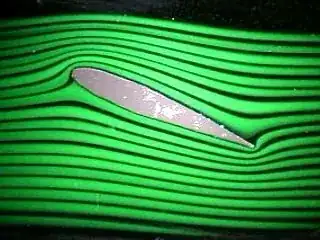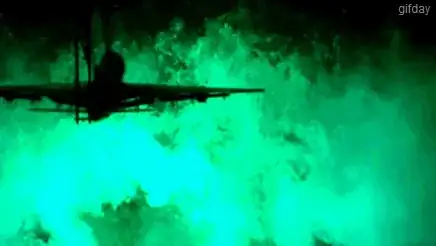Would an airplane flying through superfluid helium experience lift and drag? The airplane is presumed cold enough to not heat up the helium.
3 Answers
Viscosity is necessary in order for the wing to generate lift. Without the change in circulation caused by flow separation from the trailing edge, there will be no lift. In an inviscid fluid there will be no separation, and hence no lift. A similar flow pattern can be observed in viscous fluids when the Reynolds number is extremely low (Re<<1), and you can see for yourself that there is a conspicuous absence of downwash behind the wing in this case.

$(Re<<1$, No Flow separation, $Lift=0)$

$(Re>>1$, Flow Separation, $Lift\not=0)$
So, based on my understanding of superfluids I think the flow pattern will be similar. Also, I believe an experiment was done with a micro-turbine in supercooled Helium in which the turbine produced near zero torque (implying that no lift was generated). So the answer to your question is, in principle, the plane should experience neither lift nor drag. However, I can imagine scenarios in which this would not be strictly true due to the non-ideal nature of real flows.
- 3,996
Superfluids have zero or near-zero viscosity so the drag is likely :-) to be near zero. However, $lift$ is primarily due to conservation of momentum. As the aircraft wing presumably has a nonzero angle of attack, it will be forcing helium atoms downwards, thus forcing the wing upwards.
- 11,106
Presumably superfluid is still largely incompressible under small pressure, so it obeys Bernoulli's principle. With the normal shape of the wing, it will still generate lifts due to the pressure difference between the top and bottom wing surfaces.
Edit: I was wrong above. If the superfluid is inviscid and irrotational, the D'Alembert's paradox states that the net force is zero. However, the plane is in three dimension, there will be vortices spilling from the tips of the wing. The flow is thus rotational, violating the premise of D'Alembert's paradox. There will be induced lift and drag. A phenomenological theory called Prandtl's lift-line theory can be used to compute the net force induced by the vortices.
- 1,150